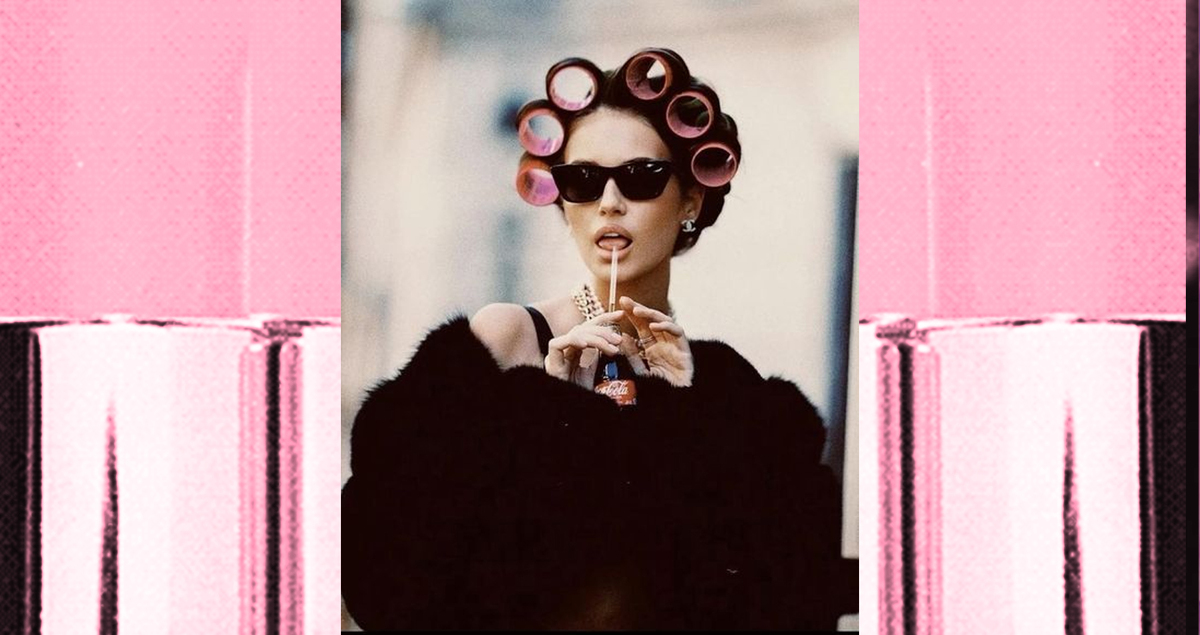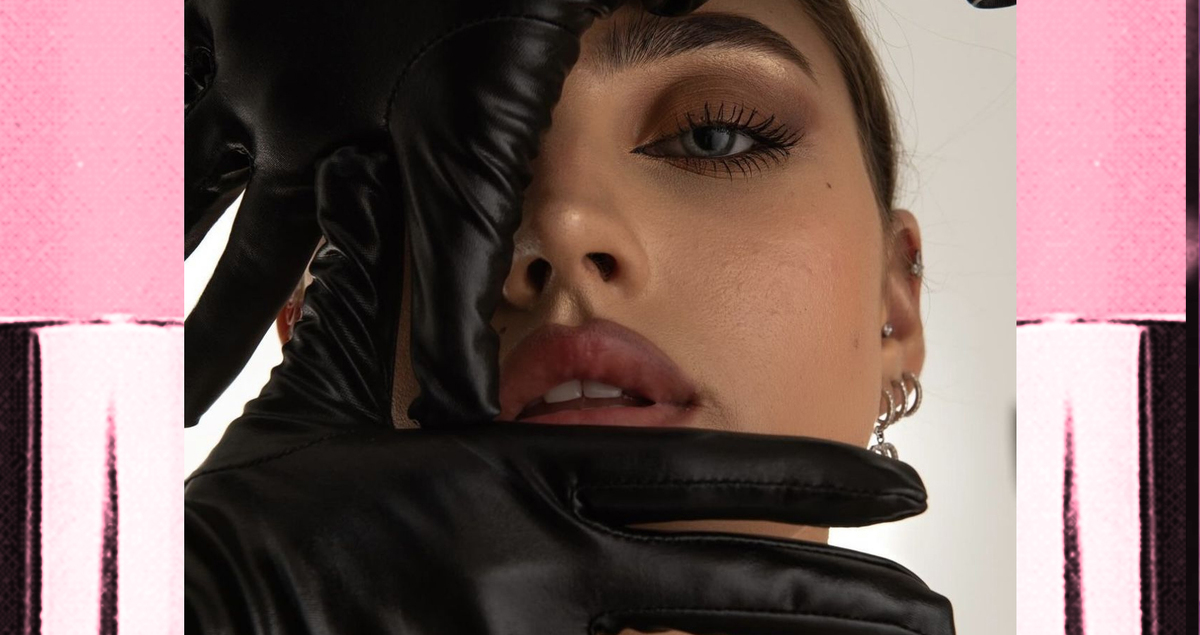
What To Expect From Advanced Aesthetic Exams And How To Pass First Time
Prep & passing tips.
Advanced aesthetic qualifications don’t just boost your professional credentials—they’re increasingly seen as the baseline for practitioners working with injectables, skin rejuvenation, and other medical-grade treatments. But with higher qualifications comes a higher bar. Whether you’re coming from a beauty therapy background or you’re already a practicing aesthetician, those advanced exams are more rigorous than you might expect.
Understanding the structure of these assessments, how they differ from earlier qualifications, and what examiners actually want from candidates can make the difference between a confident pass and an expensive retake. So, what should you expect—and how do you walk in feeling ready?
What Makes Advanced Aesthetic Exams Different?

If you’ve passed Level 3 or 4 beauty qualifications, it’s tempting to assume you know what’s coming. But advanced aesthetic exams aren’t just “harder” in a linear sense. They’re structurally different—more clinical, more reflective, and a lot more focused on decision-making under pressure. Think less checklist, more judgement call.
That means theory questions that ask you to apply complex knowledge in ambiguous situations. It means case studies where you’re expected not just to know techniques, but to explain when, why, and why not. And it often means oral exams or practical demonstrations where your confidence, professionalism, and communication skills are judged as carefully as your technical ones.
How to Start Preparing for Higher-Level Cosmetic Assessments

Before anything else, understand what kind of exam you’re facing. Level 7 qualifications vary slightly by provider, but most include a mix of written papers, practical demonstrations, and case-based discussion. This isn’t about memorising a single textbook; it’s about preparing for real-world clinical reasoning.
That’s where focused training packages can help. For instance, courses specifically designed for preparing for higher-level cosmetic assessments often include mock exams, tutor feedback, and exposure to the kinds of challenges you’ll face on the day. It’s not just about content—it’s about format, confidence, and pacing.
Remember, clinical aesthetics isn’t just a practical field. You’re expected to show an understanding of anatomy, pharmacology, ethics, and patient communication. A solid revision schedule that mixes active recall with peer discussion will do far more for your performance than passive reading.
You Need More Than Just Technical Skill

Here’s the thing about aesthetic treatments: they live in the grey area between art and medicine. It’s not enough to know how to inject. You have to demonstrate you know when not to—and why. Examiners want to see clinical reasoning. They want to see you navigate risk. They want to see that you understand not just how to treat someone, but how to explain what you’re doing, manage expectations, and recognise red flags.
In other words, they’re not looking for the fastest injector. They’re looking for the most responsible one.
You can practice techniques for weeks, but if you crumble when asked to justify a decision—or can’t explain the pharmacodynamics of lidocaine in simple terms—you’ll be caught out. Don’t ignore theory. Build it into your daily rhythm, not just your weekends.
Practising Under Pressure (Yes, It Matters)

Practical assessments almost always include some form of high-pressure demonstration. That might be a live treatment on a model, or it might be a simulated scenario. Either way, your ability to stay composed under scrutiny is key.
Here’s something many candidates overlook: the examiners are assessing your presence as much as your technique. Are you calm? Are you explaining what you’re doing clearly? Do you show empathy? Do you wash your hands without being prompted?
It might feel like box-ticking, but these small behaviours suggest a deeper level of clinical awareness—and they can sway borderline marks. Practice the whole routine, not just the injection.
When in Doubt, Flag It

You’re not expected to be perfect. In fact, trying to present yourself as infallible can backfire. If you’re unsure during an exam, say so—then explain what you’d do to clarify. If you think there might be a complication, name it, then talk through your safety net.
Examiners would much rather hear, “I’m not certain without a full history, but I’d be concerned about possible contraindications, so I’d pause and review the patient’s medication list,” than see you plow ahead with guesswork. Clinical humility is a skill.
Small Habits That Make a Big Difference

Some of the best advice comes from previous candidates who passed on their first attempt—and it’s rarely groundbreaking. It’s small things, consistently done.
For instance, keeping a revision diary (not just a schedule) helps you track what you actually understand. Teaching concepts to a friend or peer—even if they don’t work in aesthetics—forces clarity. Watching recorded demonstrations and muting the sound to narrate what’s happening can sharpen both your technical and communication skills.
The earlier you build these habits, the less cramming you’ll need before the exam.
Final Thoughts

Advanced aesthetic exams aren’t just a rite of passage—they’re a proving ground. They test not just what you know, but how you think, how you act, and how you communicate. Passing first time isn’t about being the best practitioner in the room. It’s about being the most prepared version of yourself.
Take the process seriously, but don’t let it overwhelm you. With the right approach, the right training, and a steady rhythm of review and practice, you’ll not only pass—you’ll emerge more confident and capable than ever.











